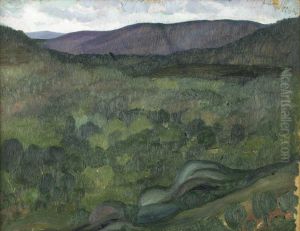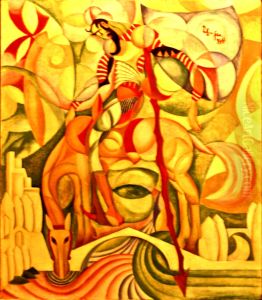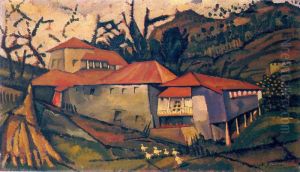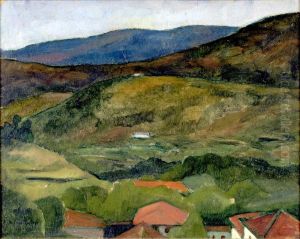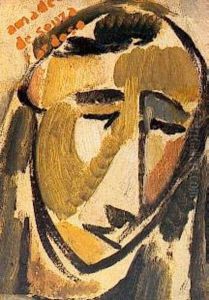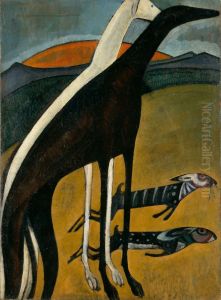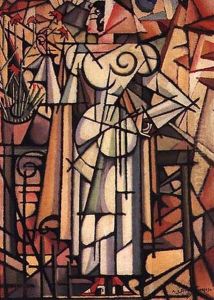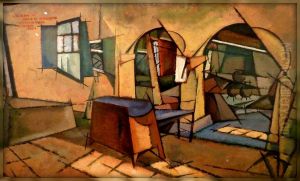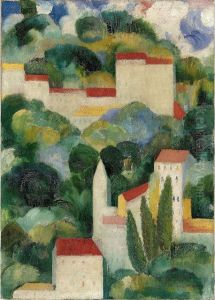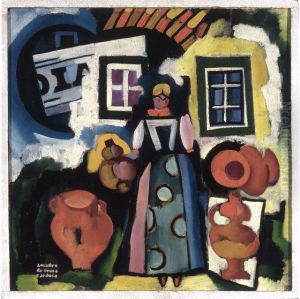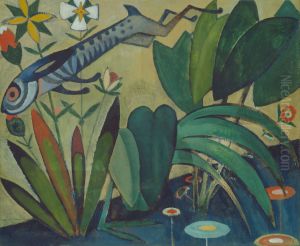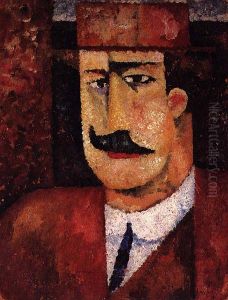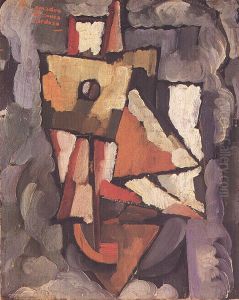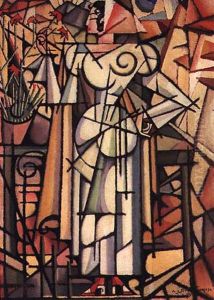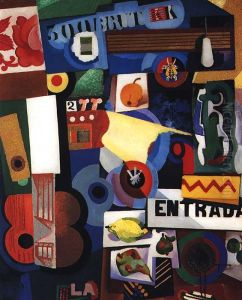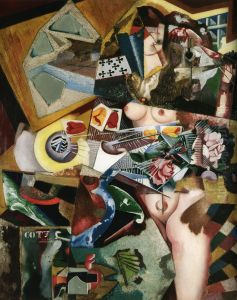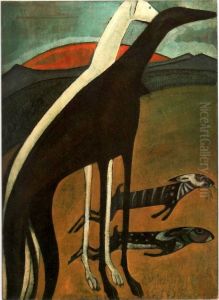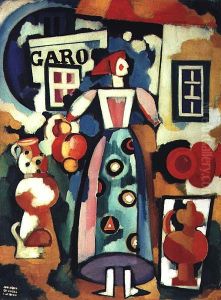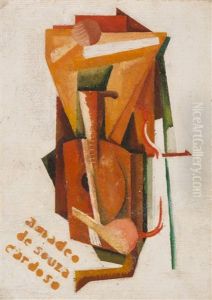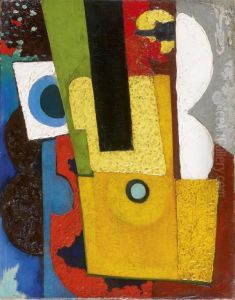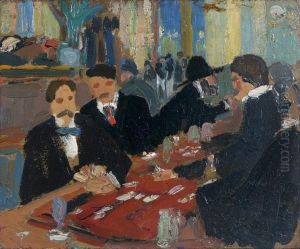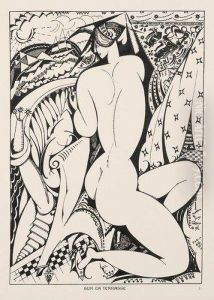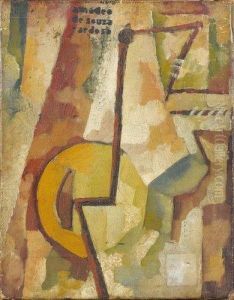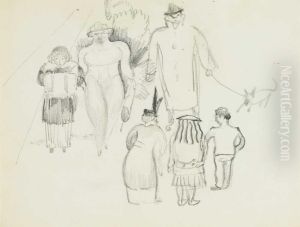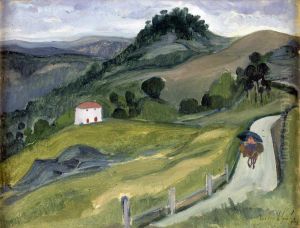Amadeo De Souza Cardoso Paintings
Amadeo de Souza-Cardoso was a Portuguese painter, considered one of the most important figures in the country's modernist movement. He was born on November 14, 1887, in Mancelos, a small town in the Amarante municipality of Portugal. Showing an early interest in art, Amadeo left for Lisbon in 1905 to study architecture. However, his passion for painting soon prevailed, leading him to move to Paris in 1906, where he attended the Académie des Beaux-Arts and the Académie Viti.
In Paris, Amadeo de Souza-Cardoso became part of the avant-garde scene and was influenced by the works of the Cubists, the Futurists, and the Expressionists. He quickly developed his own unique style, which integrated elements of these movements while also drawing on Portuguese folk art traditions. His circle of friends included many prominent artists and writers, such as Modigliani, Brancusi, and Apollinaire.
During his brief but intense career, Amadeo exhibited his works in several significant exhibitions, such as the Salon des Indépendants and the famous 1913 Armory Show in New York, which introduced modern European art to a wider American audience. His work gained recognition for its dynamic composition, vibrant color palette, and innovative use of form.
Tragically, Amadeo de Souza-Cardoso's life was cut short by the Spanish flu pandemic. He passed away on October 25, 1918, at the age of 30. Despite his premature death, Amadeo left behind a substantial body of work that has continued to influence Portuguese artists and contribute to the narrative of early 20th-century modernism. His legacy is preserved in various Portuguese cultural institutions, most notably the Amadeo de Souza-Cardoso Museum in Amarante, which houses many of his paintings and drawings.
